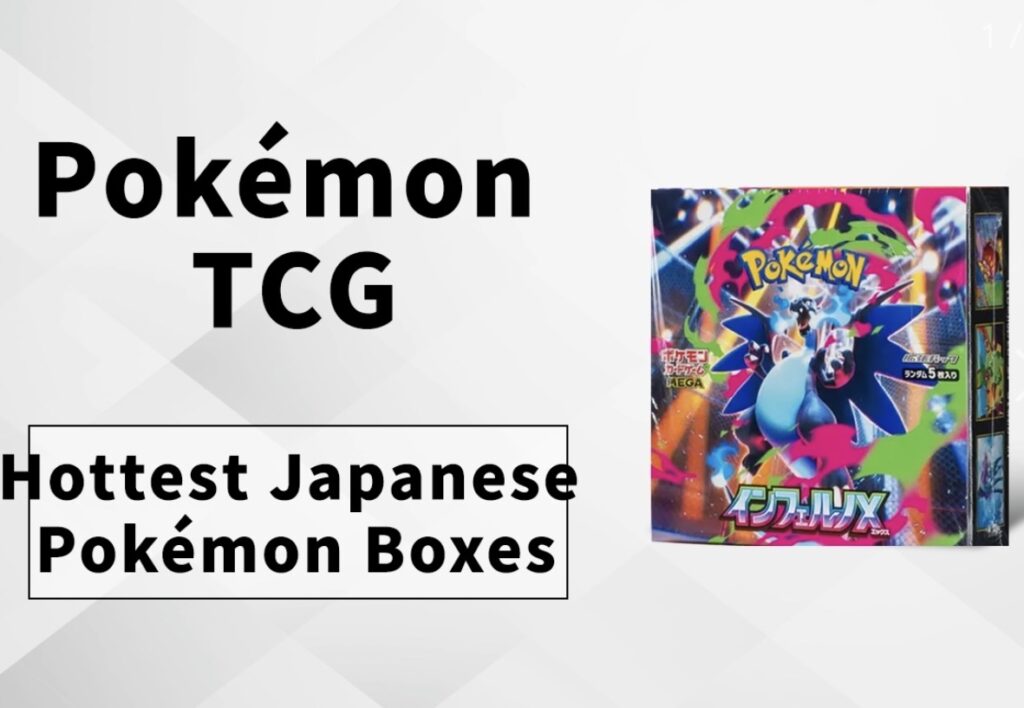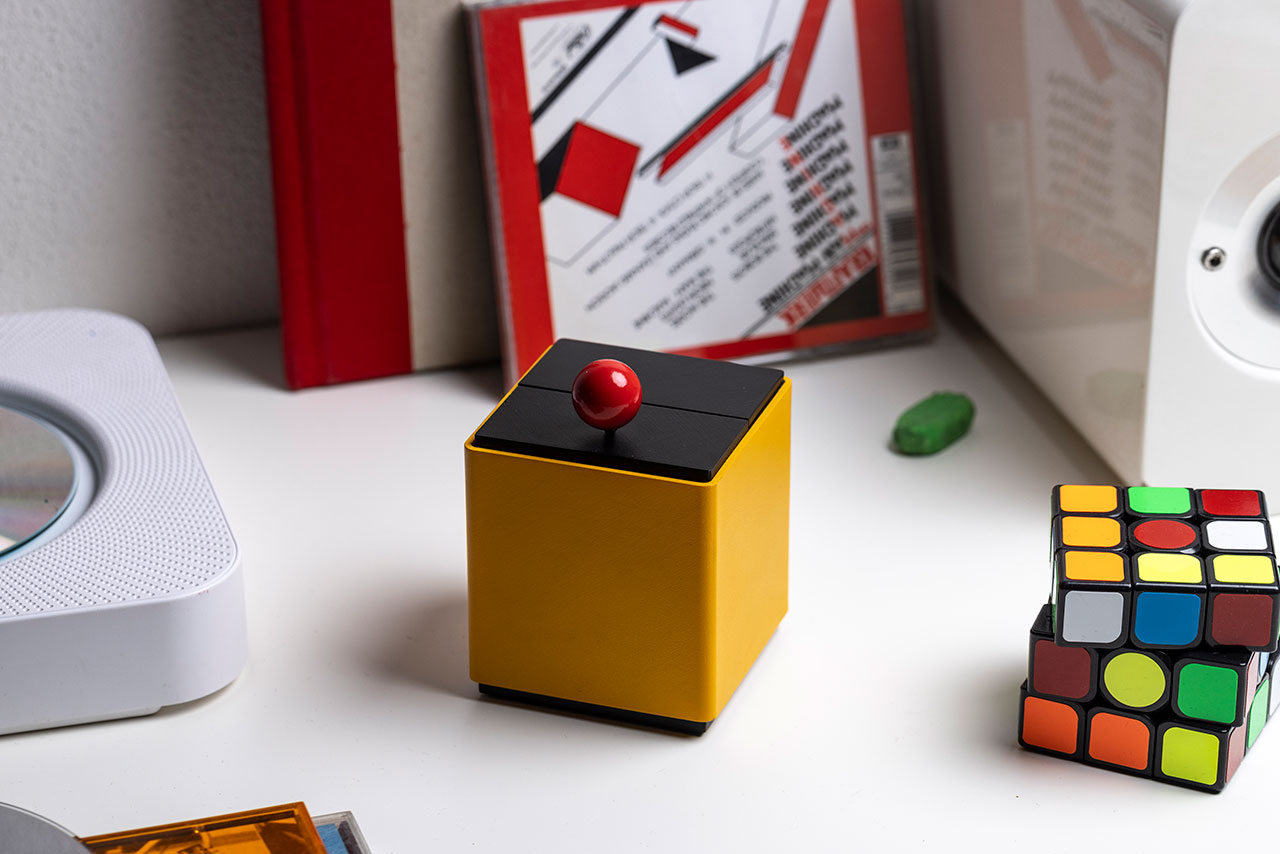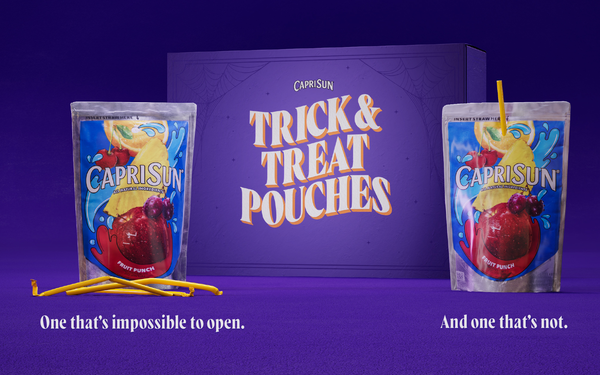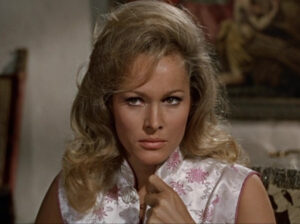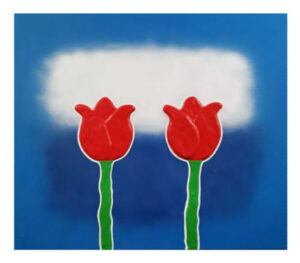A definitive look into the Japanese Pokémon card scene — where nostalgia, scarcity, and design collide.
In Japan, Pokémon cards are more than just a hobby. They’re an extension of pop-cultural history — the cardboard currency of nostalgia, traded and hoarded like miniature artworks. Each new booster box is not merely a release, but a moment in the collector’s calendar. Japan’s Pokémon TCG scene operates with an elegance and precision that mirrors the country’s love for craftsmanship: tighter print runs, meticulous packaging, and cards that often debut months before their international counterparts. For global fans, that exclusivity transforms these boxes into artifacts — sealed stories waiting to be told.
Among the pantheon of modern releases, a handful of Japanese booster boxes have transcended the usual cycle of hype to become genuine must-owns. From the universally adored Pokémon Card 151 to the fire-breathing spectacle of Ruler of the Black Flame, these boxes define the new golden era of Japanese collecting — one that thrives on both nostalgia and novelty.
Pokémon Card 151: Nostalgia, Repackaged
Few modern sets have captured the soul of the franchise quite like Pokémon Card 151. Released in June 2023, this 20-pack, seven-card-per-pack box resurrected the original 151 monsters that defined a generation. Kadabra returned after a two-decade hiatus, Giovanni made a comeback, and collectors around the world rediscovered the tactile thrill of pulling a holographic Charizard — this time in Japanese text.
What makes 151 remarkable is its hybrid nature. It is both a love letter to Kanto and a modernized take on the franchise’s future aesthetic. Every pack feels like a museum capsule, and every sealed box — currently averaging between $150 and $180 on PriceCharting — carries the quiet hum of permanence. While the nostalgia tax is real, so is the box’s long-term potential. This is one of those rare products where sentimentality and market logic align.
Ruler of the Black Flame: Charizard’s Reign Restored
If 151 is a mirror held up to the past, then Ruler of the Black Flame represents the spectacle of the present. Released in July 2023 as part of the Scarlet & Violet series, it delivered thirty packs of pure combustion. The headline card — Dark Tera Charizard ex — reignited the Charizard economy, a phenomenon that has persisted across eras and regions.
At roughly $95 a box, according to TCGplayer’s listings, Ruler of the Black Flame occupies that sweet spot between attainable and aspirational. It isn’t just another fire-type chase; it’s the visual evolution of a franchise icon rendered through Japan’s clean linework and holo layering. Collectors often refer to it as “the Charizard box of the modern era,” and in a market where the lizard’s shadow looms large, that’s saying something.
Shiny Treasure ex: The Thrill of the High-Class Pack
For those who value experience over preservation, Shiny Treasure ex is Japan’s answer to adrenaline. Released in December 2023 as a High-Class Pack, it replaced restraint with reward. Each box contains ten packs, and each pack yields ten cards — a ratio that virtually guarantees excitement. The set’s pull structure is dense with Shiny variants, Special Art Rares, and full-art ex cards that blur the line between trading card and collectible illustration.
What makes this box compelling is its accessibility. At around $100 per sealed unit (source), it delivers immediate satisfaction without the long-term pressure of keeping it sealed. The artwork is bold, the textures vivid, and the pull rates generous — proof that the Japanese Pokémon Company knows how to engineer delight. Collectors often call it the “modern-day VSTAR Universe,” referencing the equally beloved 2022 High-Class set that capped off the Sword & Shield era.
In a way, Shiny Treasure ex symbolizes the Japanese TCG philosophy: give players something stunning to open, but design it with the kind of care that ensures even opened boxes retain an aura of worth.
Why
Part of the appeal of collecting Japanese Pokémon TCG product lies in its discipline. Unlike English releases, Japanese sets are tightly controlled in print and composition. A standard Japanese booster box usually offers thirty packs of five cards; Pokémon Card 151 compresses that into twenty packs of seven; High-Class Packs like Shiny Treasure ex or VSTAR Universe invert the formula entirely, offering fewer packs but more content per pull. The differences are deliberate — a rhythm that keeps collectors curious.
Japanese editions also tend to release earlier, meaning the first glimpses of new mechanics — like the Terastaltransformations featured in Ruler of the Black Flame — appear months before the rest of the world catches up. That head start grants both cultural and speculative advantage. By the time global players open similar cards in English, Japanese versions are already gracing binders, graded slabs, and resale markets.
Seal
To collect sealed Japanese boxes is to practice a kind of restraint. The box, with its narrow footprint and crisp plastic, becomes an object of design. The minimalist typography, the art composition across its sides — even the factory shrink-wrap — all suggest intention. Unlike their English counterparts, Japanese boxes are smaller and feel almost ornamental, designed to stack neatly like volumes on a bookshelf.
Collectors often describe the experience as “quiet collecting.” There’s a satisfaction in simply knowing what lies inside — not the specific cards, but the promise of them. It’s a kind of meditative ownership, one that sits comfortably between art appreciation and investment.
flow
The Japanese Pokémon market thrives on timing. Reprints can reshape prices overnight, while scarcity can send a set skyrocketing. Clay Burst, another 2023 set known for its coveted Iono SAR trainer card, demonstrated this volatility: waves of restocks in Japan dropped prices dramatically after early sellouts. The lesson is subtle but consistent — popularity doesn’t always equal permanence.
At the same time, the Japanese TCG ecosystem tends to self-correct. As hype fades, genuine artistry remains. That’s why sets like Pokémon Card 151 and Shiny Treasure ex have continued to hold cultural weight even beyond their speculative windows. They are beautifully constructed products, made with the collector in mind — which explains why both are still among the most traded boxes on TCGplayer and Japanese marketplaces like Yahoo! Auctions Japan.
desire
At its core, the modern Japanese Pokémon TCG landscape is driven by emotion. Collectors buy not just to invest but to reconnect — with childhood memories, with the tactile pleasure of glossy cardstock, with the artistry that defines Japan’s printing tradition. Opening a pack becomes an act of ritual.
And for those who prefer to keep their boxes sealed, there’s a different kind of reward: a moment suspended in shrink-wrap, proof of a time when imagination was small enough to fit inside a cardboard box.
impression
Whether you chase the nostalgia of Pokémon Card 151, the power of Ruler of the Black Flame, or the spectacle of Shiny Treasure ex, the Japanese Pokémon TCG remains a world apart — smaller, sharper, more deliberate. It is where the art of the game meets the patience of collecting, where design and memory intertwine.
Each box, sealed or opened, is a story about why we collect in the first place: not to own, but to remember.
No comments yet.

